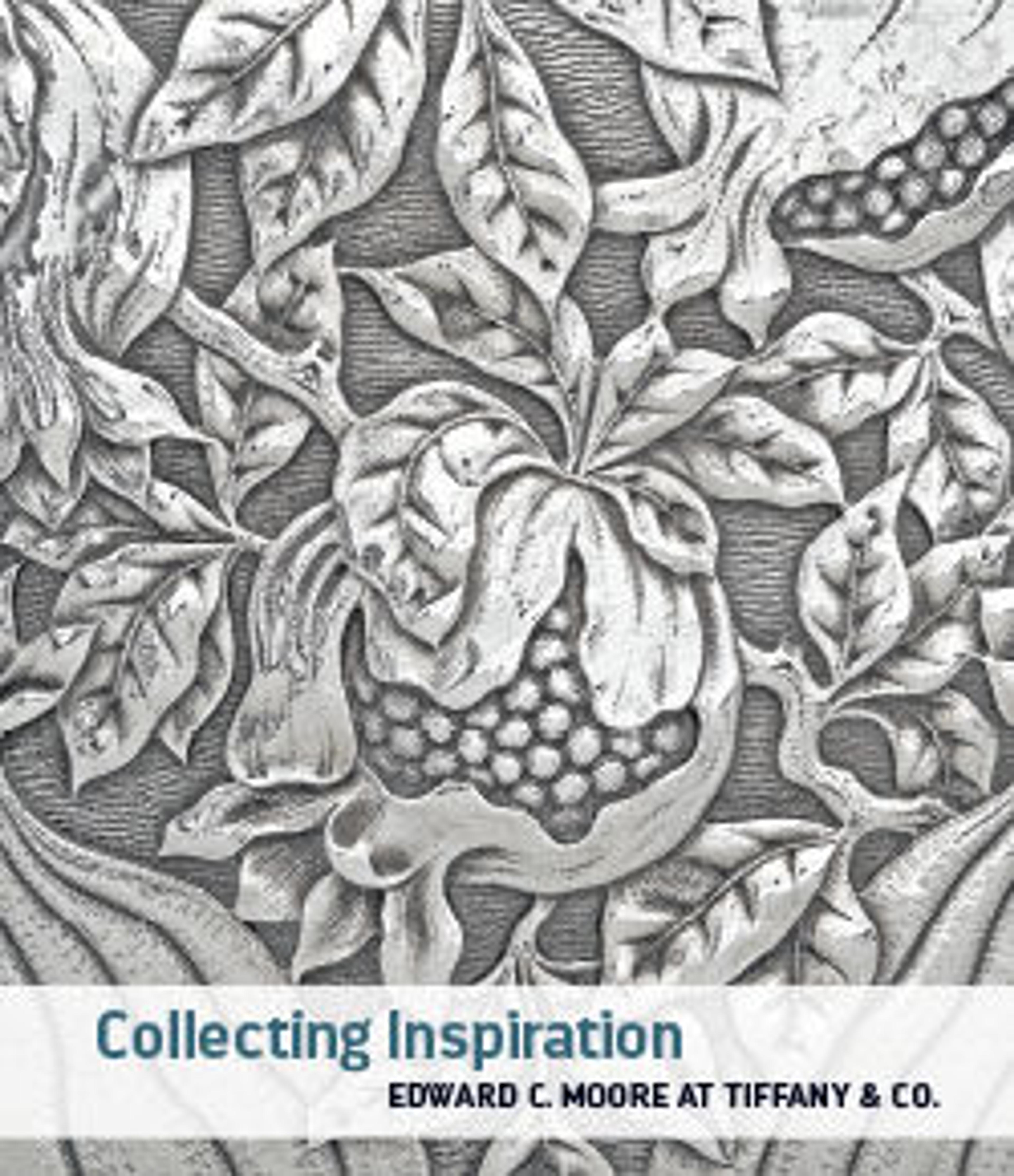Incense Box (Kōbako)
Rich mother-of-pearl inlays in various colors show a scene of men in boats catching fish and surrounded by seagulls. The shape of the incense box and the style of its decoration recall lacquers made in the Ryūkyū Islands (present-day Okinawa). From the fourteenth to the mid-sixteenth century, the Ryūkyū kingdom acted as a center for the flow of goods between China, Japan, Korea, and Southeast Asian countries. Owing to the rarity of these lacquers, copies or works in a similar style were created in Kyoto, the probable source of this box.
Artwork Details
- Title:Incense Box (Kōbako)
- Period:Edo period (1615–1868)
- Date:second half 18th century
- Culture:Japan
- Medium:Lacquered wood with mother-of-pearl and metal-wire inlays on black ground
- Dimensions:H. 1 1/4 in. (3.2 cm); W. 3 1/2 in. (8.9 cm); D. 2 1/4 in. (5.7 cm)
- Classification:Lacquer
- Credit Line:Edward C. Moore Collection, Bequest of Edward C. Moore, 1891
- Object Number:91.1.664
- Curatorial Department: Asian Art
More Artwork
Research Resources
The Met provides unparalleled resources for research and welcomes an international community of students and scholars. The Met's Open Access API is where creators and researchers can connect to the The Met collection. Open Access data and public domain images are available for unrestricted commercial and noncommercial use without permission or fee.
To request images under copyright and other restrictions, please use this Image Request form.
Feedback
We continue to research and examine historical and cultural context for objects in The Met collection. If you have comments or questions about this object record, please contact us using the form below. The Museum looks forward to receiving your comments.
